Officially opened to the public in June 2022, the NL2A Shared Pathway is a 2.9km cycleway and footpath that creates a continuous corridor between New Lynn and Avondale in Auckland, New Zealand. Segregated from traffic, the shared pathway provides a more direct, safer alternative for cyclists and pedestrians than the existing road network.
The $44.3 million project follows the geometry of the existing KiwiRail tracks, and comprises three fundamental structures: a four-span 75m concrete bridge spans the Whau river; a 25m steel bridge crosses St Jude Street; and a 30m long Underpass links Chalmers Reserve with St Georges Road.
The pathway comprises several varying steel features including elevated helical boardwalks, balustrades and handrails, and a new pedestrian bridge. Two elevated boardwalks feature along the route — one between Arran Street and Whau River and one from Blockhouse Bay Road down and into Avondale Station. Nicknamed the Sky Path, the boardwalk into the station is 6m wide and 217m long.
According to Mark Johnson (Sales Manager, Perry Metal Protection), “The NL2A Shared Pathway is a 2.9km boardwalk that features the use of steel, from structural steel beams, right through to the galvanised surface of the walkway. The project was undertaken by Auckland Transport, in conjunction with Aurecon and Holmes, D&H Steel Construction and Dempsey Wood.”
The role of galvanising
“Perry Metal Protection was involved in the project from the outset,” explained Johnson. “I worked closely with Colin Ross, Project Manager at D&H Steel Construction. When D&H won the project, they basically redesigned the entire project. The walkway was initially designed with screw foundations. Instead, D&H created a suitable foundation and a bolt together steel structure.”
“Auckland Transport wanted the pathway to have longevity. In New Zealand, our building codes specify a 50 year design life where possible, particularly for large infrastructure. As such, galvanising was the best choice for the project,” said Johnson.
A lightweight steel structure was specified because it offered a higher design life and larger spans than the timber alternative. The weight of the pathway was minimised by specifying a lightweight fibreglass reinforced plastic decking, which also provides a permeable surface for rainwater avoiding additional load to the existing stormwater system.
The steel construction of the boardwalks enabled beautiful smooth curvature of the path to blend with the landscape and enable sightlines to be maintained. Shorter spans were used to minimise superstructure steel sizes and allow the curved alignment to be followed using multiple straight spans. The balustrades were all duplex painted at a 600 gram specification to meet the architectural requirements of the project.
“I worked with Colin on the venting, drainage and cropping design to ensure that the galvanising process delivered the best possible finish. We also determined the required galvanising thickness and material thicknesses. As the walkway is located in a corrosion zone, HDG 900 was required. We managed to use the steel composition to avoid sand blasting all the parallel flange channels,” said Johnson.
“It is always beneficial for the galvaniser to be involved during the design phase. All too often with these types of projects, the galvaniser is involved too late — after the design is confirmed. This can cause issues down the track and impact the finish. Because we were involved so early on, there were basically no issues. In the entire structure, two holes had to be moved by two inches. It was exceptionally well-designed.”
“Perry Metal Protection hot dip galvanised 160 tonnes of structure steel, and 60 tonnes of solid bar handrails and balustrades. All the steel was single dipped into a 5m kettle at our Auckland facility — apart from four pieces that were 11m long, which needed to be dipped at our Hamilton facility,” said Johnson.
Overcoming technical and environmental challenges
The project presented multiple challenges. First was the extremely difficult terrain and geometry to negotiate the helical curvature of the boardwalks. Then there were the complex requirements of the helical trigonometry for transposing into a 3D BIM model to produce shop drawings and integrate with 3D survey data for the hold-down bolt assemblies.
Yet another was installation of a 26m long, 18 tonne fully welded bridge section using a 450 tonne crane at full stretch, over the railway and power lines, a main road, and sandwiched between an apartment block and homes.
However, the input from D&H Steel and Perry Metal Protection eliminated all site welding of the boardwalks, ensuring all the steel fabrication was completed off-site in a controlled environment. All that was required on-site was bolted connections. Sub-assembly sections were assembled on site, adjacent to their final position, allowing them to be completed at ground level, minimising work required at height and greatly reducing the construction time on site.
“The entire structure is bolted together. This means it can all be unbolted and moved to another location. It is basically a life-size Meccano set. The walkway is a fantastic example of the benefit that galvanising can deliver for a bolt together structure.”
An award-winning result
The NL2A Shared Pathway recently won the 2022 Steel Construction New Zealand Excellence in Steel Awards ($1.5 million to $3 million Category), as well as the Supreme Award, beating out a variety of other world class projects.
A project like this demonstrates the myriad benefits offered by galvanising — not only for major transportation and infrastructure projects, but for structures specified as ‘bolt together’.
Project Team
Galvanizer: Perry Metal Protection
Structural Steel Contractor and Modeller: D&H Steel Construction
Builder: Dempsey Wood
Structural Engineers: Aurecon and Holmes
Architect: Aurecon
Quantity Surveyor: Tenacity Consulting
Developer and Owner: Auckland Transport













 New Products
New Products


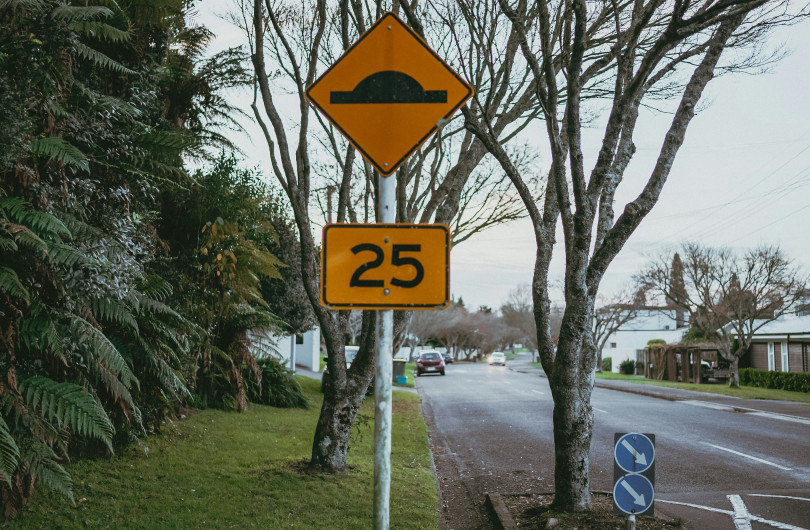
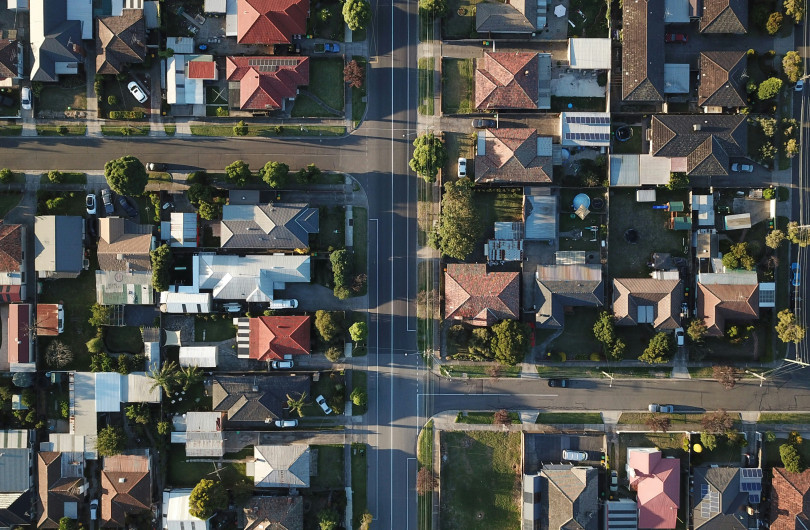

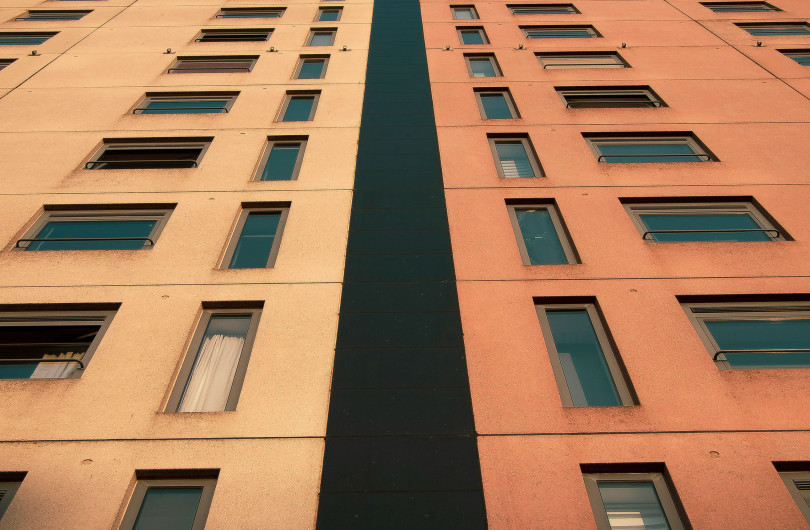


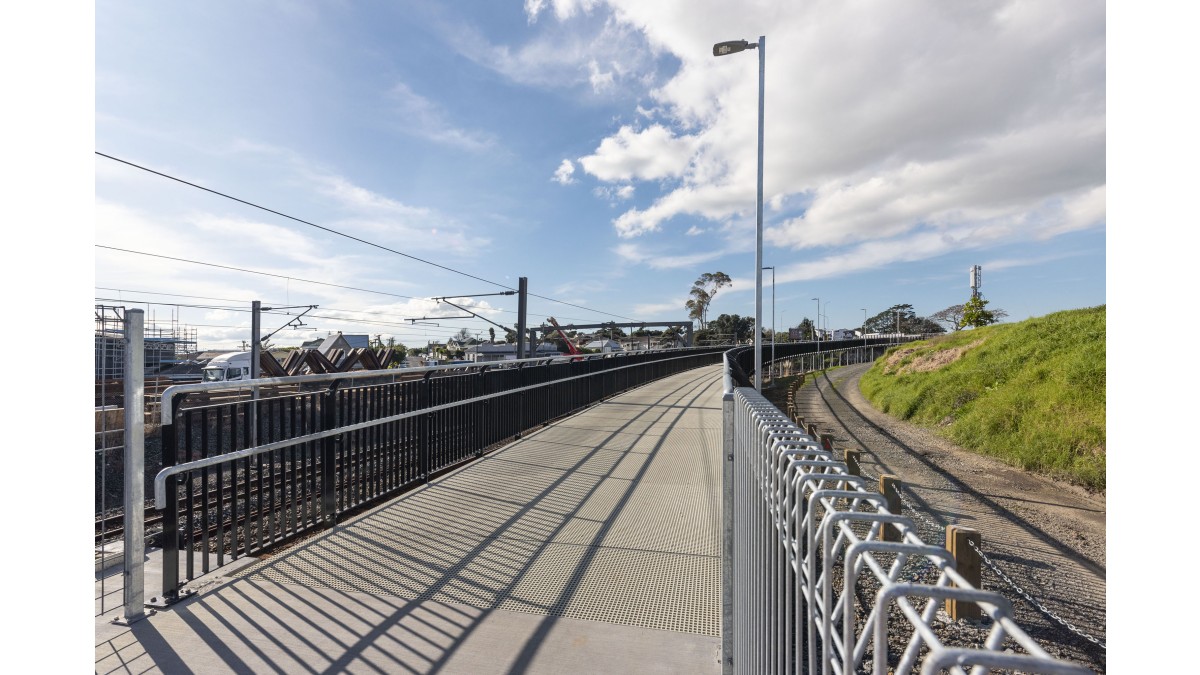


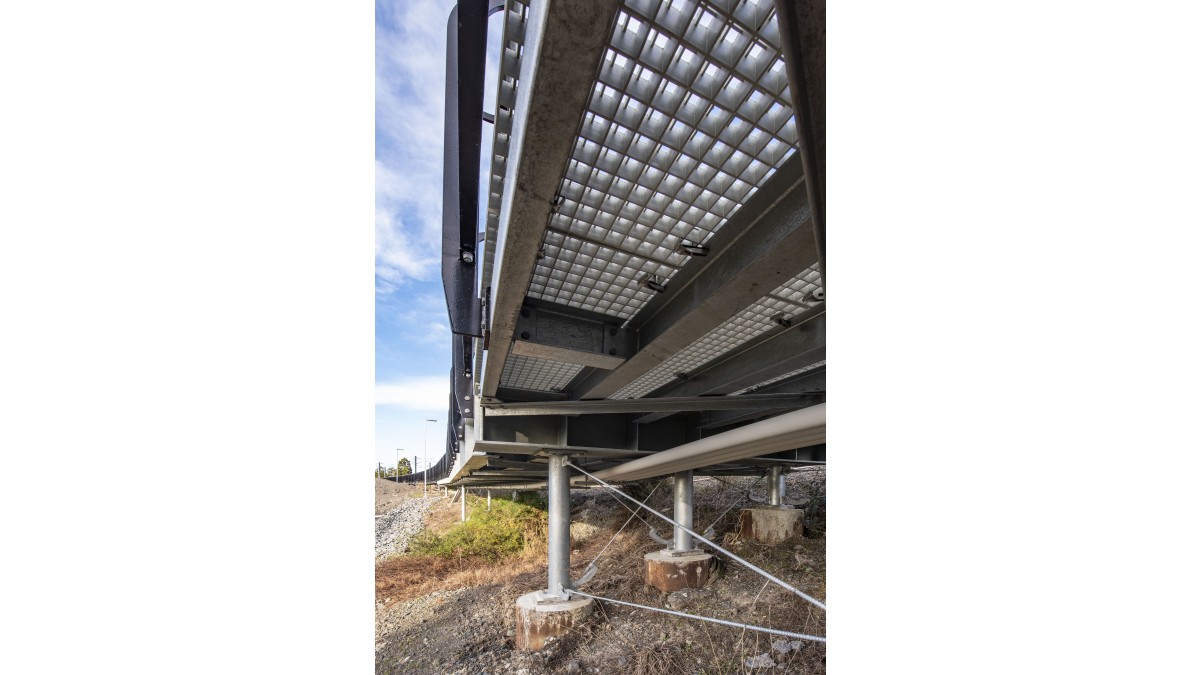
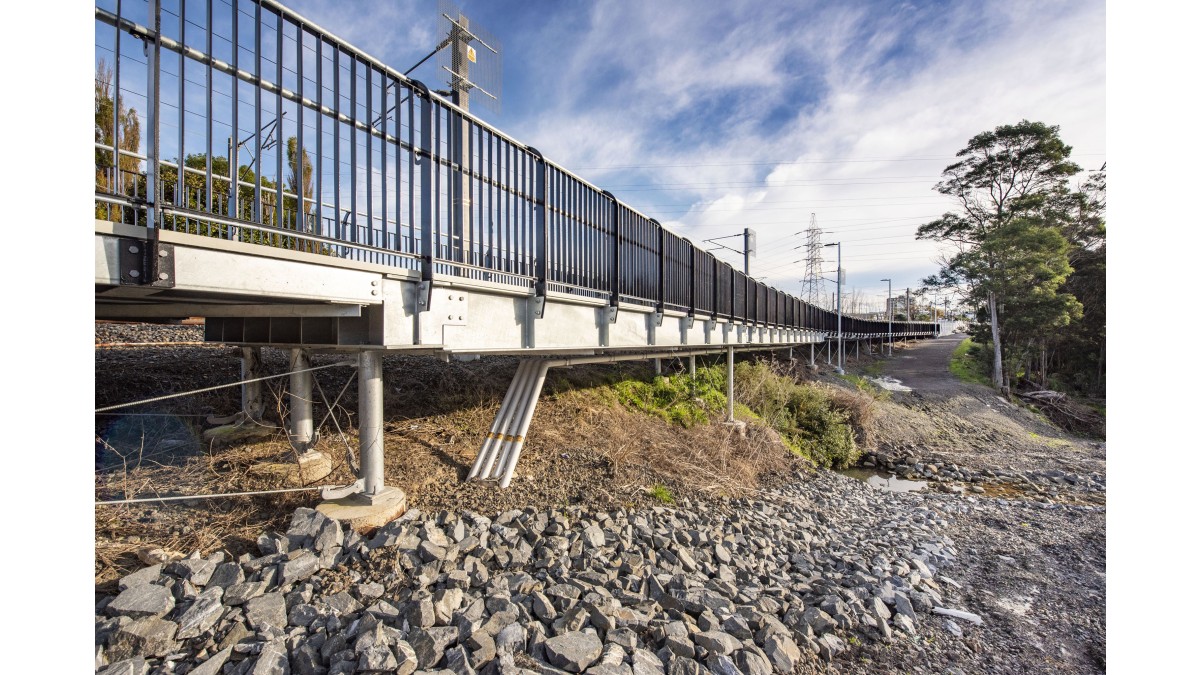
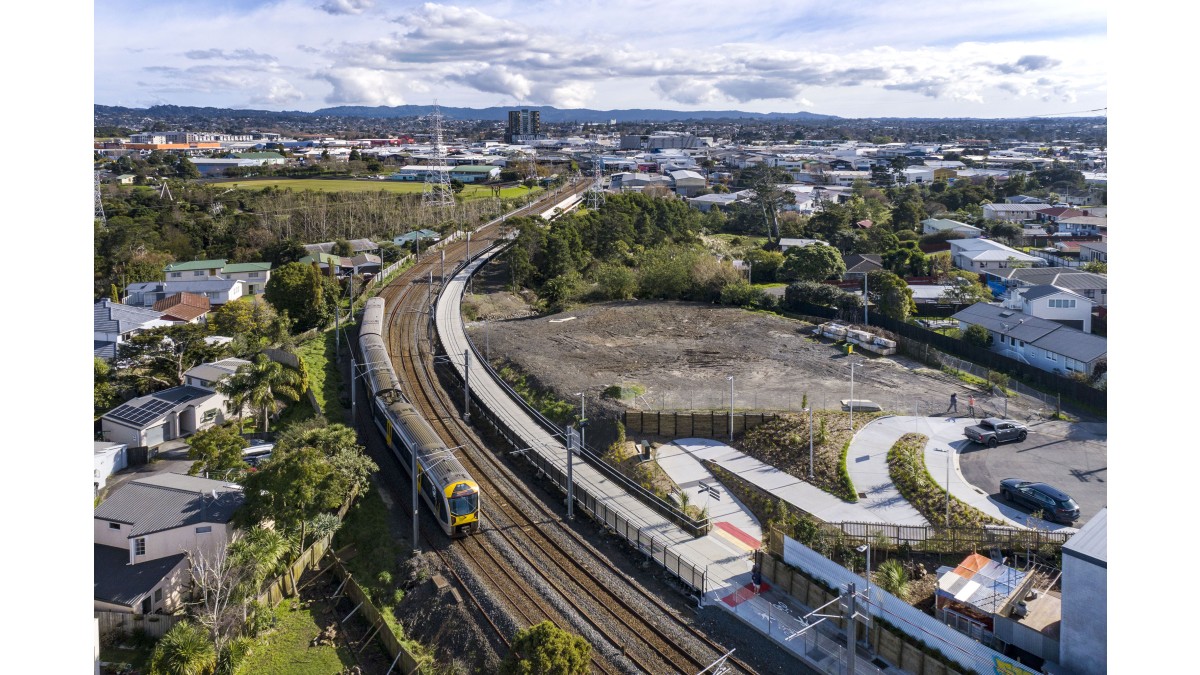


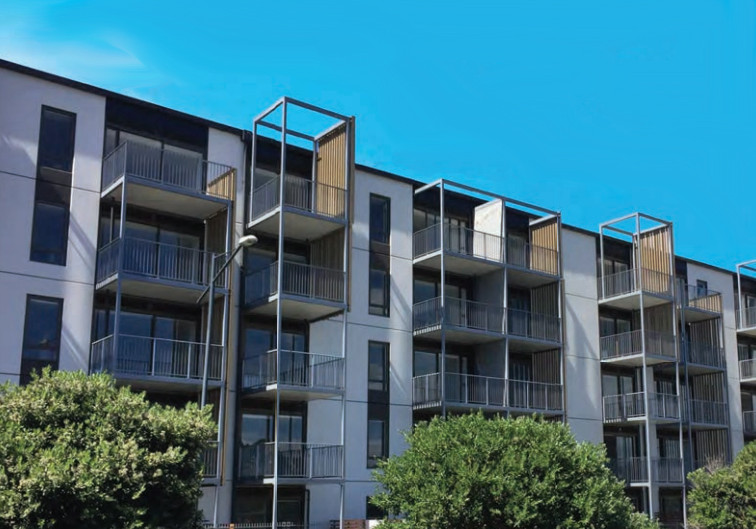

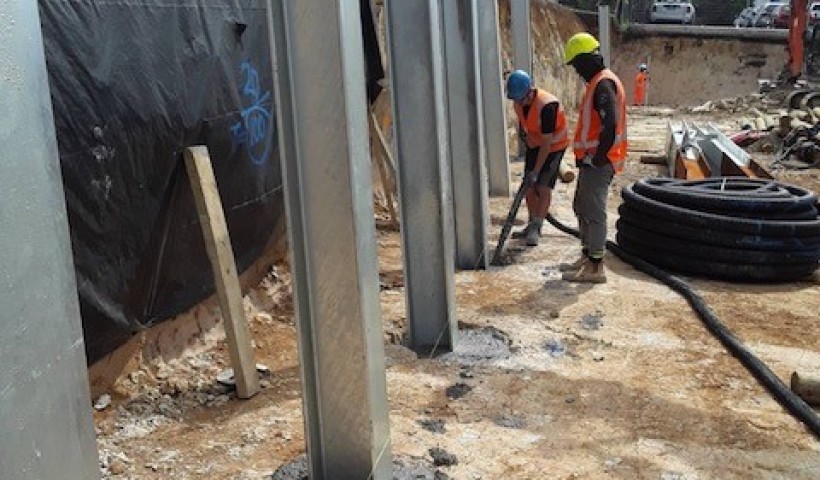
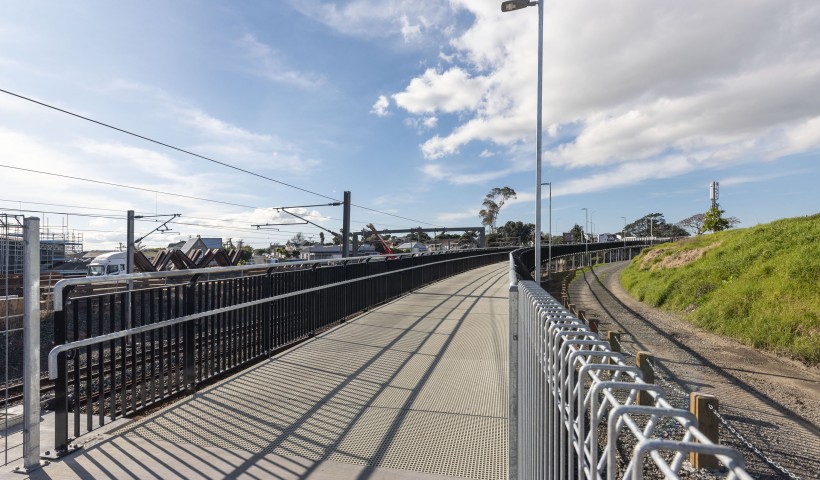
 Popular Products from Perry Metal Protection
Popular Products from Perry Metal Protection 


 Most Popular
Most Popular


 Popular Blog Posts
Popular Blog Posts